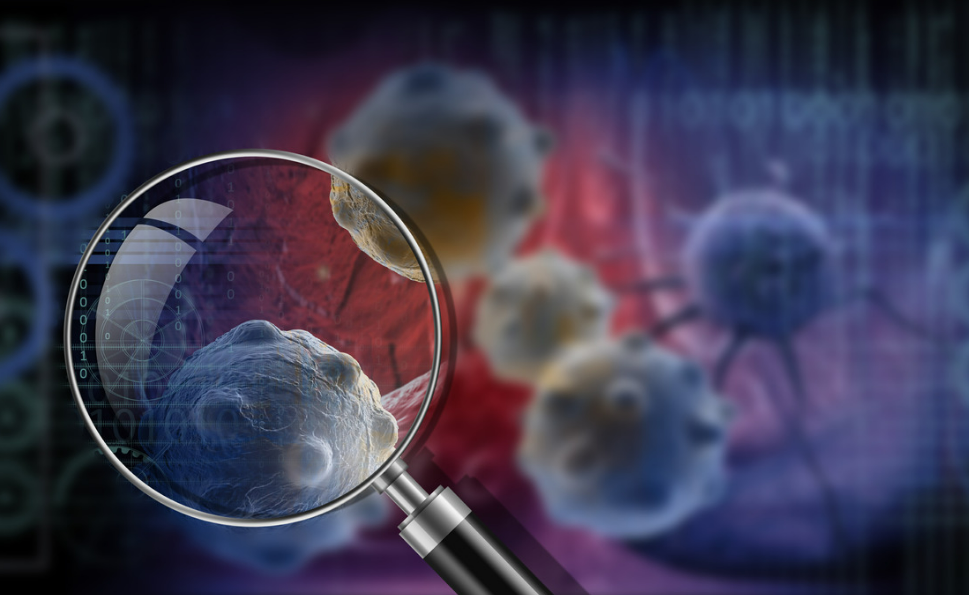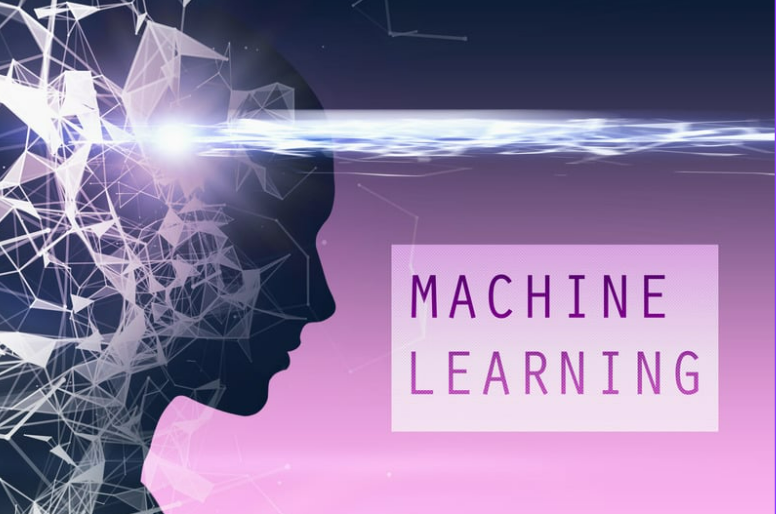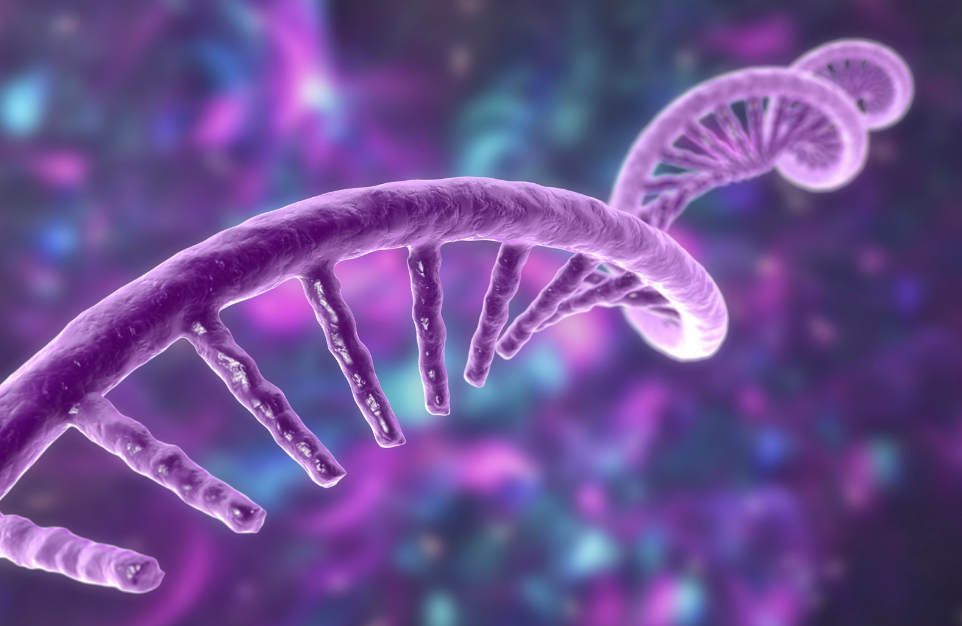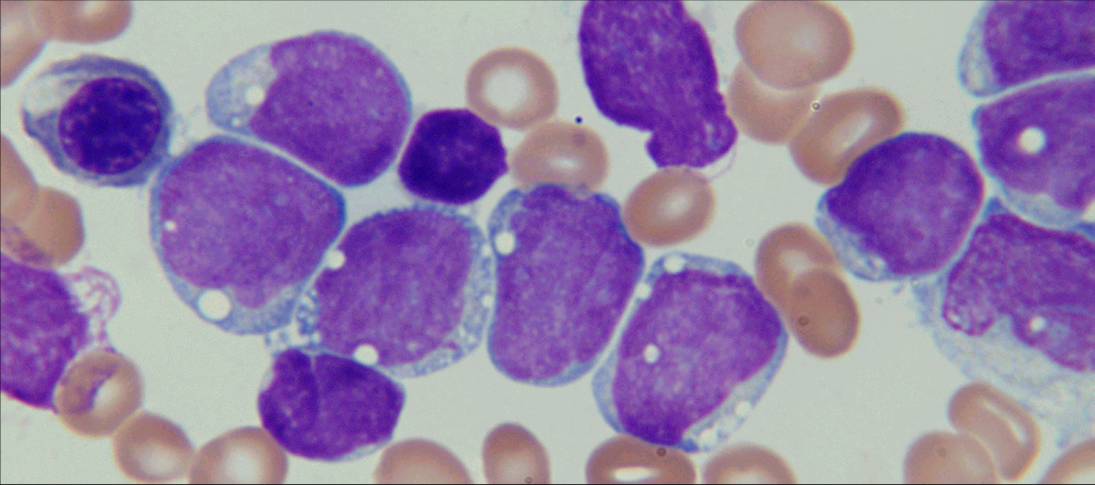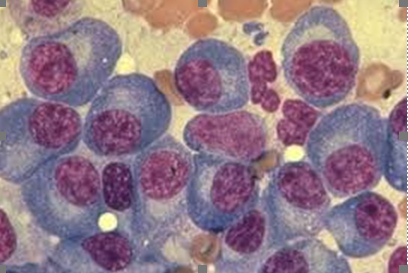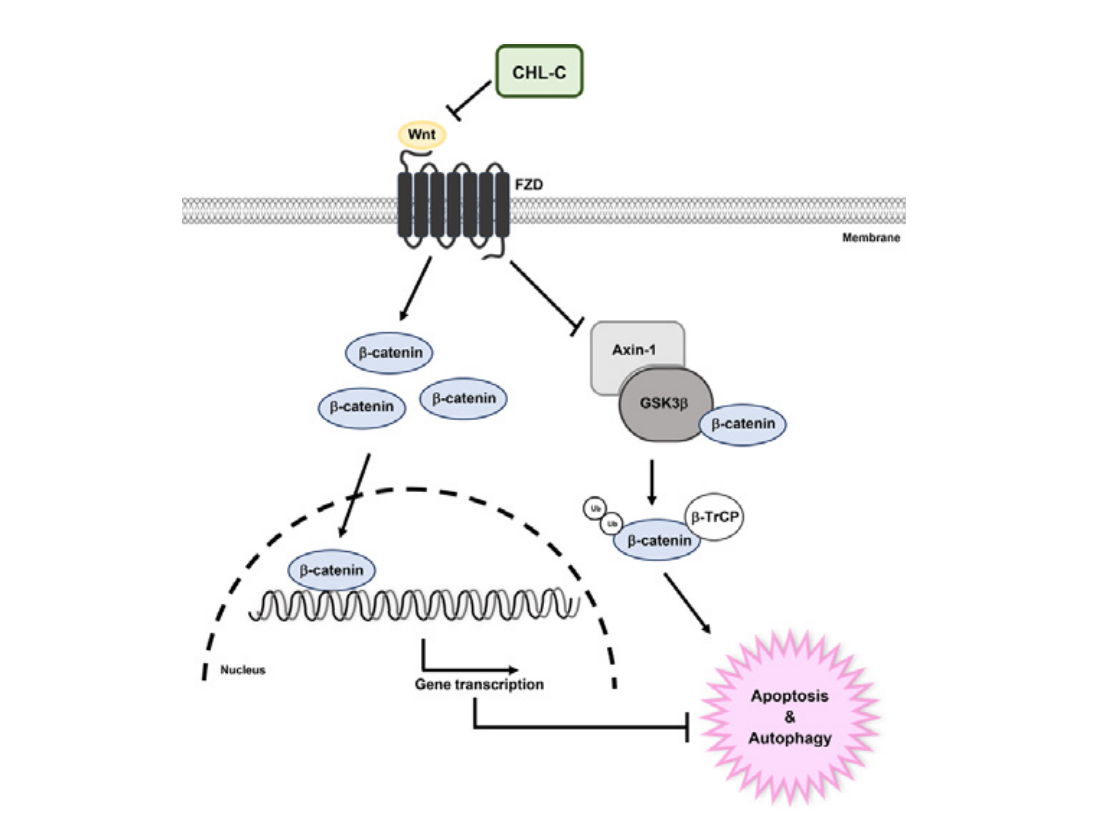
Magnetic Field Therapy Improves Breast Cancer Treatment with Fewer Side Effects
Chemotherapy, although the first line of defense in cancer treatment, is indiscriminate and is damaging to the entire body, which, ironically, worsens a patient’s chances of getting better from cancer.

